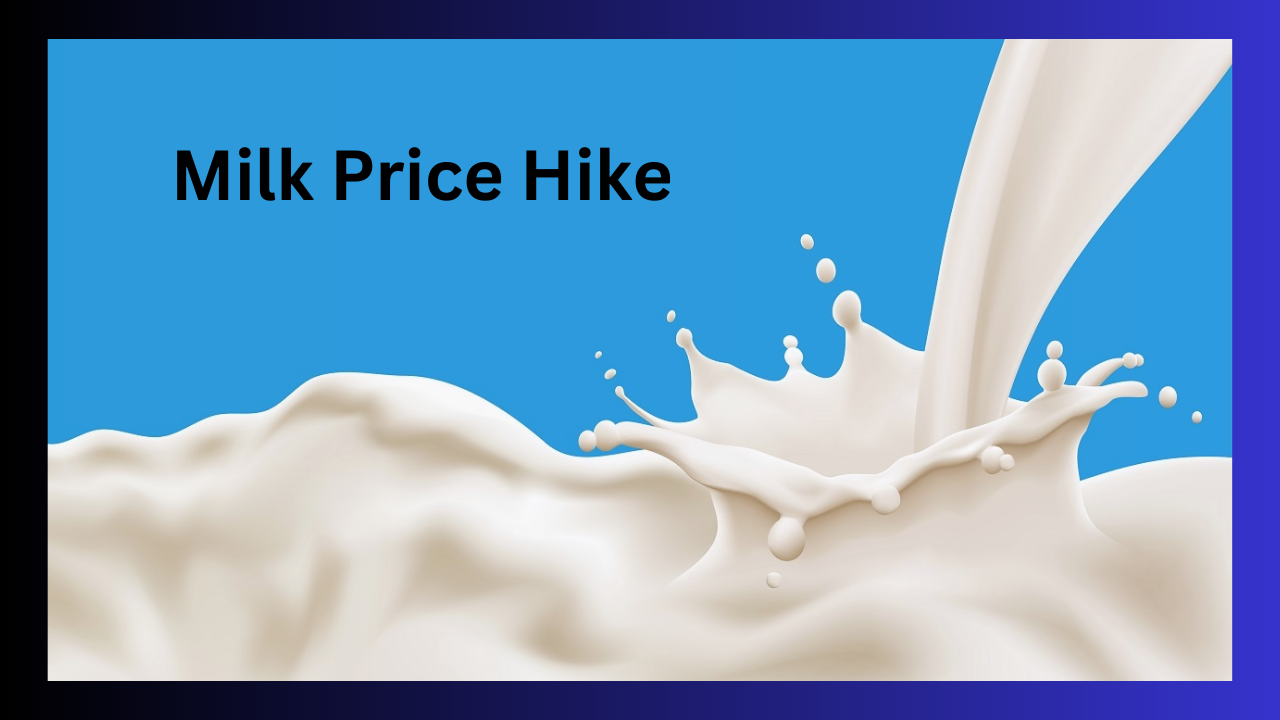milk price hike: The prices of milk are increasing continuously. Because of which the taste of the food has also been spoiled. In such a situation, let us know in the news below why the prices of milk are increasing again and again.
The ever-increasing price of milk has spoiled the taste of food. In the past, many times the price of milk was increased by two rupees and the burden on your pocket increased. From October last year, Amul started charging Rs 10 extra for full cream milk as compared to toned milk. The price of Amul’s full cream milk Amul Gold (which contains 6% fat and 9% SNF i.e. solid-not fat) has reached Rs 62.
While Amul Toned Milk (which contains 3% fat and 8.5% SNF) ‘Amul Taza’ cost Rs 54. This year again the prices increased, but this time the difference between the prices of toned and full cream milk increased from Rs 10 to Rs 12. At present, the price of Amul Gold in Delhi is Rs 66 per litre, while the price of Amul Taza is Rs 54.
Difference between Toned and Full Cream –
Not only Amul, Karnataka’s milk brand Nandini Milk also did something similar. Before March, the retail price of Nandini’s toned milk was Rs 39 per liter and full cream was Rs 50 per litre. Even today, customers from Karnataka pay only Rs 50 for Nandini’s Full Cream, but for 900 ml. If we look at per liter, then it becomes around 55, 56 rupees.
That is, if we look at the difference, the difference between toned and full cream milk has increased from Rs 11 to Rs 16.56 / litre. This difference in the price of full cream and toned milk is increasing. Similarly, on November 4, Tamil Nadu Corporation Milk Federation increased the prices of premium milk of Aavin Milk. The price of Aavin ‘Premium’ milk has been increased from Rs 48 to Rs 60. However, there was no change in the price of toned milk.
Cream spoils the taste of milk –
The whole game of fat is behind the increase in the prices of milk. Dairy companies have had to increase the prices of full cream milk because of fat. Dairy companies have only two options left. Either they increase the price of full cream milk or reduce the amount of fat in milk. A few days ago news came that branded ghee and butter had disappeared from the market.
aHarish Damodaran wrote in Indian Express that it has become a compulsion for dairy companies to increase the prices of milk due to shortage of fat. RS Sodhi, president of the Indian Dairy Association, believes that the share of buffalo milk in the national milk production is declining. The average fat content of buffalo milk is 7% and SNF is 9%, while the average fat content of cow milk is 3.5% and SNF is 8.5%. Due to decrease in the share of buffalo milk, there is a decrease in fat.
Demand is increasing-
Not only this, the demand for high fat milk products like ghee, ice cream, khoya, cheese, paneer is increasing. But fat is in short supply. This difference in demand and supply is increasing the price of fat. Apart from the imbalance in demand and supply chain, exports are also a big reason. During the year 2021-22, India has exported 33000 tonnes of ghee, butter, anhydrous milk fat. During this, India exported Rs 1281 crore.
The export of fat increased at a time when farmers and cattle rearers were not able to provide proper fodder to their animals. In fact, during the lockdown, animals also faced difficulties. Those who were heifers then are now cows. The milk yield of malnourished animals was affected. Apart from this, according to the season, the demand for other milk products like ice cream, curd, lassi increases the demand for fat.
No tax on milk, but GST on fat – There
is another problem with milk. No Goods and Services Tax (GST) is levied on milk. But SMP is taxed at 5% and milk fat at 12%. Hence dairy companies do not pay any GST on milk purchased from farmers, whereas they have to pay GST on solids and input tax credit cannot be claimed. If dairy companies increase fat in milk, then the burden of tax increases on them.
